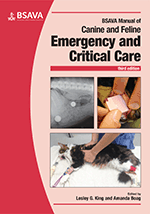
Full text loading...

Abdominal and gastrointestinal surgical emergencies include a diverse group of conditions that can be challenging to diagnose and manage successfully. This chapter describes the initial examination, patient evaluation and surgical and postoperative management of emergencies concerning the oesophagus, stomach, small intestine, large intestine, pancreas, biliary tract and peritoneum
Acute abdominal and gastrointestinal surgical emergencies, Page 1 of 1
< Previous page | Next page > /docserver/preview/fulltext/10.22233/9781910443262/9781910443262.12-1.gif

Full text loading...












